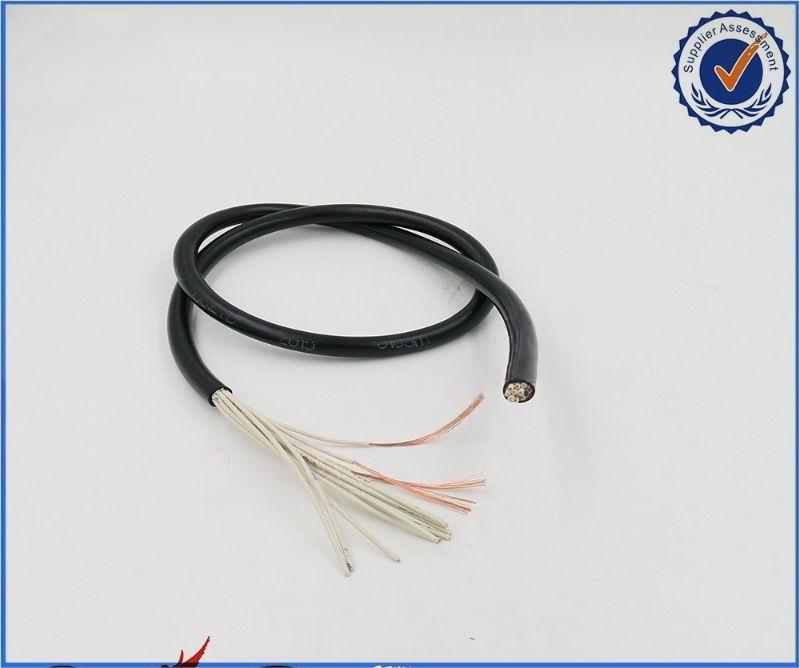Nov . 05, 2024 23:24 Back to list
Two-Way Air Valve Operations and Applications in Automated Systems
Understanding Two-Way Air Valves Functionality and Applications
In various industrial and commercial systems, two-way air valves play an essential role in controlling the flow of air and other gases. These valves are designed to either allow or prevent the passage of airflow, serving as crucial components in heating, ventilation, and air conditioning (HVAC) systems, as well as in pneumatic and fluid control applications. Understanding how these components work, their functionalities, and their applications can greatly enhance system efficiency and performance.
What is a Two-Way Air Valve?
A two-way air valve is a type of valve that has two ports one for the inlet and one for the outlet. When the valve is opened, air can flow through the valve from the inlet to the outlet. Conversely, when the valve is closed, it stops the airflow completely. This simple mechanism allows for effective management of air distribution within a system, ensuring that air is directed where it is needed while preventing leaks and inefficiencies.
Mechanism of Operation
The operation of a two-way air valve can be either manual or automated. Manual valves require physical effort to open or close, which can be practical in applications where flow control is infrequent. On the other hand, automated valves are controlled by an actuator, which can be electric, pneumatic, or hydraulic. These actuators can be programmed or controlled remotely, allowing for precision in air flow management based on real-time conditions or system demands.
Types of Two-Way Air Valves
There are various types of two-way air valves categorized based on their design, materials, and control mechanisms. Common types include
1. Ball Valves These valves use a spherical obstruction to control flow. They are durable, provide tight sealing, and can handle high pressure, making them ideal for robust applications.
2. Butterfly Valves Utilizing a rotating disc to regulate airflow, butterfly valves are lightweight and compact but may not provide as tight a seal as ball valves.
3. Globe Valves Recognized for their excellent throttling capability, globe valves are ideal for applications requiring precise control of air flow, but they generally have higher pressure drops.
4. Solenoid Valves These automated valves are controlled by an electromagnetic solenoid. They are highly reliable for on/off control in various systems, including HVAC and pneumatic applications.
Applications of Two-Way Air Valves
two way air valve

Two-way air valves are widely used across several industries, including
- HVAC Systems In heating and cooling systems, these valves help manage airflow to maintain desired temperature levels, improve energy efficiency, and enhance indoor air quality.
- Manufacturing and Processing In factories, pneumatic systems often rely on two-way air valves for the control of compressed air, which is critical for operating machinery and tools
.- Environmental Control In environments where air quality is paramount, such as laboratories or clean rooms, these valves help regulate the flow of filtered air, ensuring optimal conditions for sensitive processes.
- Automotive Applications In vehicles, two-way air valves contribute to climate control and ventilation systems, improving passenger comfort.
Benefits of Using Two-Way Air Valves
The advantages of using two-way air valves include
- Energy Efficiency By allowing precise control over airflow, these valves can optimize energy use in heating and cooling systems, leading to lower operational costs.
- Improved System Reliability With effective regulation of air and gas flow, systems can function more reliably, reducing wear and tear on equipment.
- Versatility Two-way valves can be adapted to various applications, making them a flexible solution for different industries.
- Ease of Maintenance Many two-way air valves feature simple designs that facilitate easy installation and maintenance, ensuring minimal downtime.
Conclusion
Two-way air valves are indispensable components of modern air control systems. Their ability to precisely manage airflow makes them critical for energy-efficient operation across numerous applications. By understanding their functionality and benefits, engineers and facility managers can make informed decisions to improve system performance and enhance overall operational efficiency. As technology evolves, we can expect further innovations in valve design and automation, promising even greater benefits in air management.
Share
-
Reliable Wafer Type Butterfly Valves for Every IndustryNewsJul.25,2025
-
Reliable Flow Control Begins with the Right Ball Check ValveNewsJul.25,2025
-
Precision Flow Control Starts with Quality ValvesNewsJul.25,2025
-
Industrial Flow Control ReliabilityNewsJul.25,2025
-
Engineered for Efficiency Gate Valves That Power Industrial PerformanceNewsJul.25,2025
-
Empowering Infrastructure Through Quality ManufacturingNewsJul.25,2025